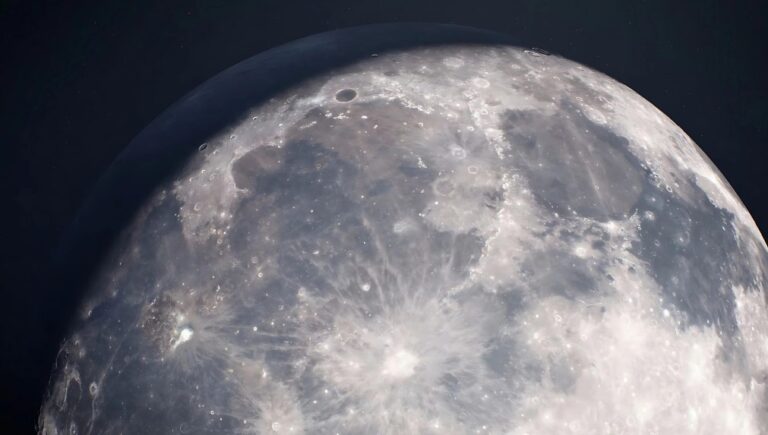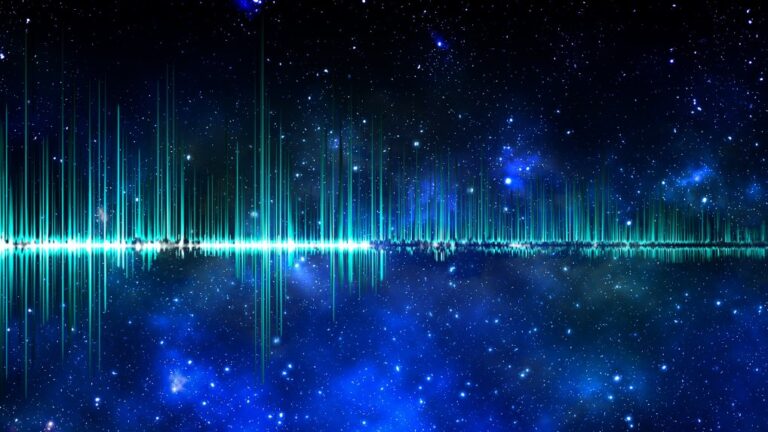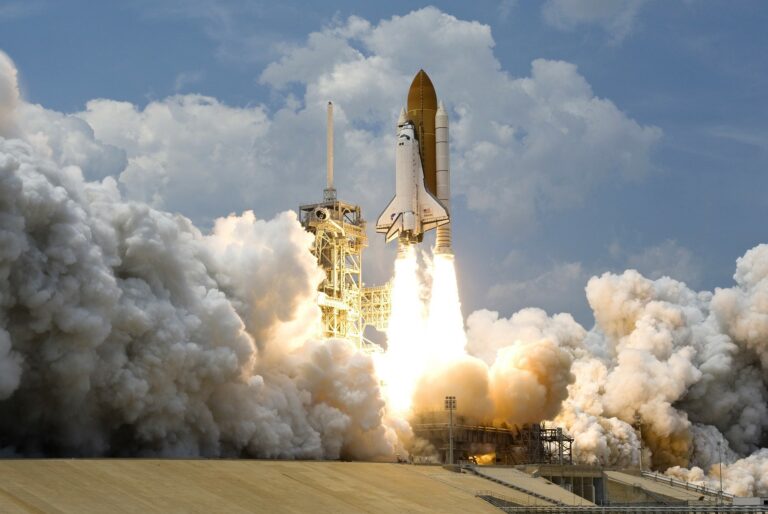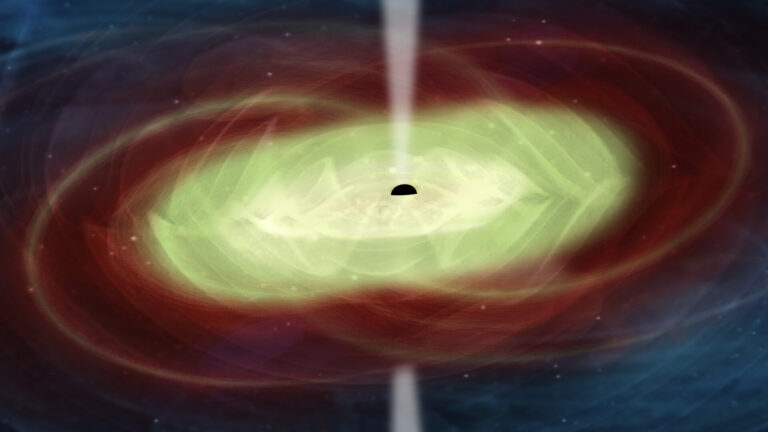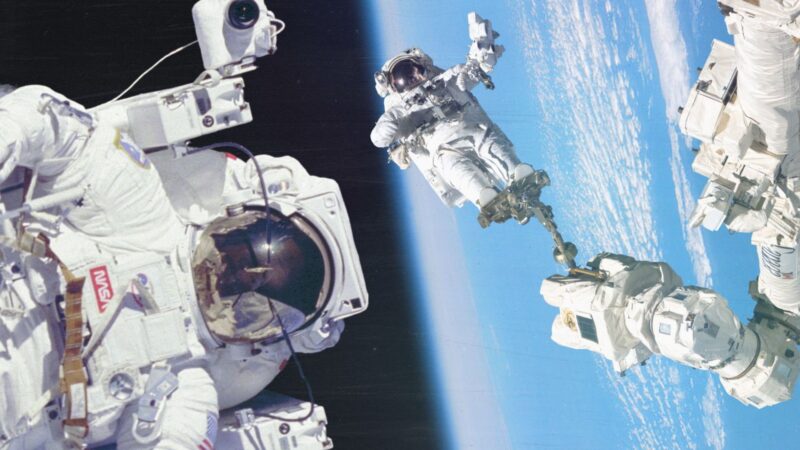Over the years, many brave individuals have undertaken rigorous astronaut training and daring space missions to explore the vast frontier beyond our world. While space travel captures young minds, becoming an astronaut demands immense dedication, effort and perseverance in one’s studies and preparation.
This article provides insightful perspective on some remarkable people who have journeyed far outside Earth’s atmosphere.
1. Neil Armstrong
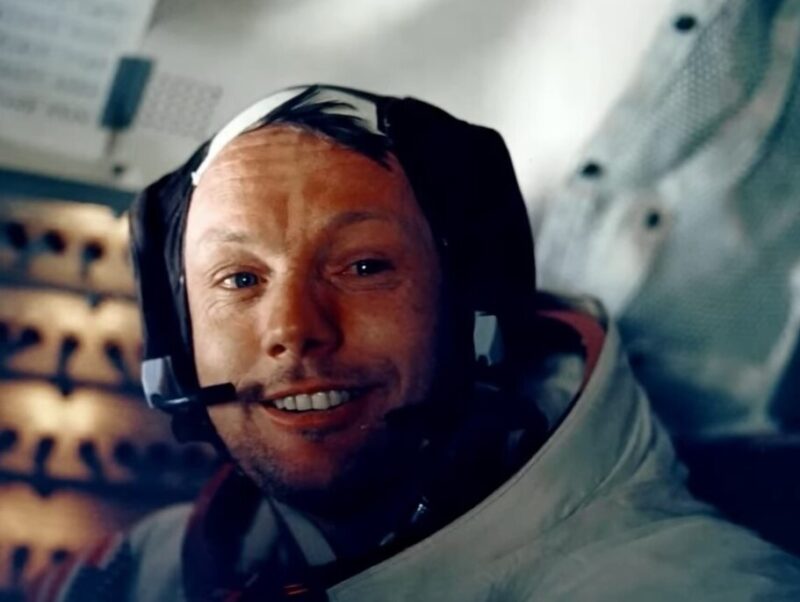
Neil Armstrong was born in Ohio back in 1930 and had a passion for flying from a young age. Fun fact – he actually got his pilot’s license before his driver’s license! Before becoming an astronaut, he served as a naval aviator and test pilot. Because of all that experience, he was the perfect candidate for NASA’s space program.
On July 20, 1969, the whole world was on the edge of their seats as Armstrong climbed down the ladder of the lunar module and became the first human to set foot on the moon. He became super famous worldwide for his iconic words “That’s one small step for man, one giant leap for mankind” when he landed.
The moon landing was a big symbolic win for the USA in the space race against the Soviet Union during the Cold War.
2. Yuri Gagarin
In 1961, the Soviet Union made a stunning achievement by becoming the first to send a human into space. The individual chosen for this historic mission was Yuri Gagarin, a skilled pilot selected also for his smaller physical stature suitable for the cramped Vostok 1 spacecraft.
Orbiting Earth in just over 90 minutes, Mr. Gagarin’s pioneering flight demonstrated the technological capabilities of the Soviet space program. Upon re-entering the atmosphere, he ejected from the capsule and landed safely, instantly gaining worldwide acclaim and admiration within his home country.
3. John Glenn
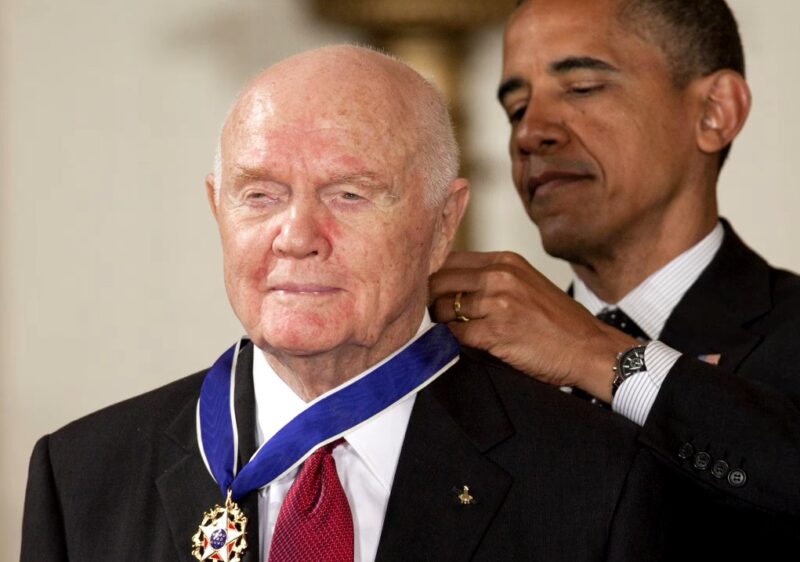
John Glenn had an amazing career as a fighter pilot even before joining NASA. He flew dangerous combat missions in both World War 2 and the Korean War, demonstrating incredible skills and bravery.
In 1962, aboard Friendship 7, Glenn became the first American to orbit Earth. This mission really boosted national pride in the space race again, proving the US could compete with the early successes of the Soviet Union.
After his historic flight, Glenn went into politics, serving as a Senator for Ohio. One of the coolest facts is that in 1998, at the age of 77, he returned to space aboard the Space Shuttle Discovery – making him the oldest person ever to go in space.
4. Valentina Tereshkova
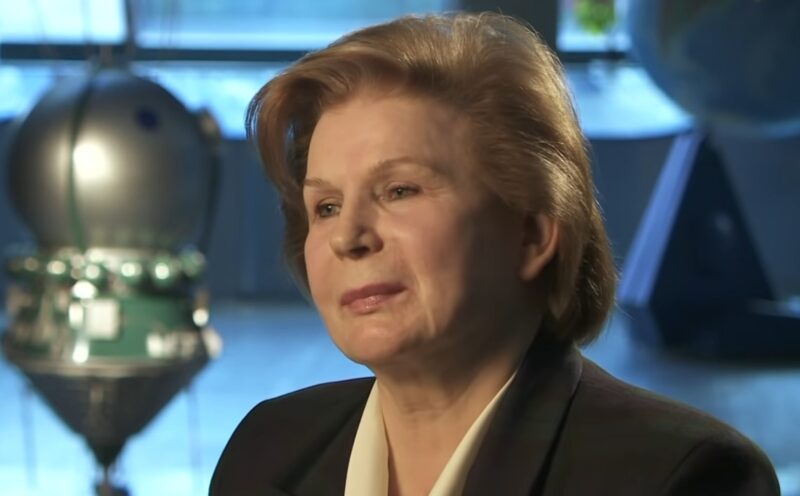
The first woman to go to space, Valentina Tereshkova from the Soviet Union, was groundbreaking for smashing down gender barriers way back in 1963. Picked from over 400 applicants, Tereshkova’s mission on Vostok 6 instantly made her a global icon for women going into STEM.
During her trip, Tereshkova orbited Earth 48 times over almost three days, doing various experiments and collecting important data. Her flight showed what women astronauts were capable of and how important their contributions would be to space exploration.
After her historic flight, Tereshkova became a big political figure in the Soviet Union.
5. Alan Shepard
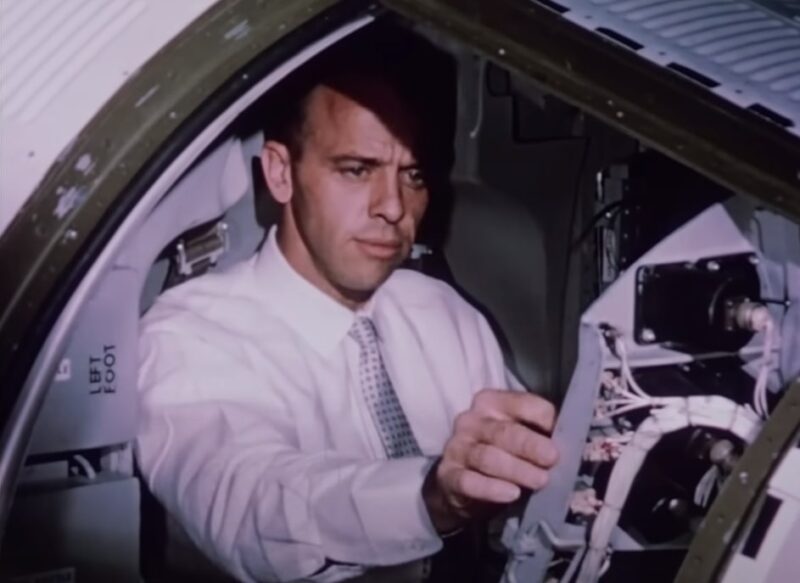
Alan Shepard had extensive experience as a naval aviator, which set him up perfectly to become one of NASA’s first astronauts. His grit and expertise laid the foundation for his pioneering mission in 1961.
On May 5th of that year, aboard Freedom 7, Shepard earned the distinction of being the first American in space. While the suborbital flight lasted just a quarter of an hour, it marked major progress for the US space program and the country’s participation in the ongoing space race.
Shepard’s adventures were far from over after that initial launch. A full decade later, he commanded the Apollo 14 mission to the moon. There, he famously swung golf balls on the lunar surface.
6. Chris Hadfield
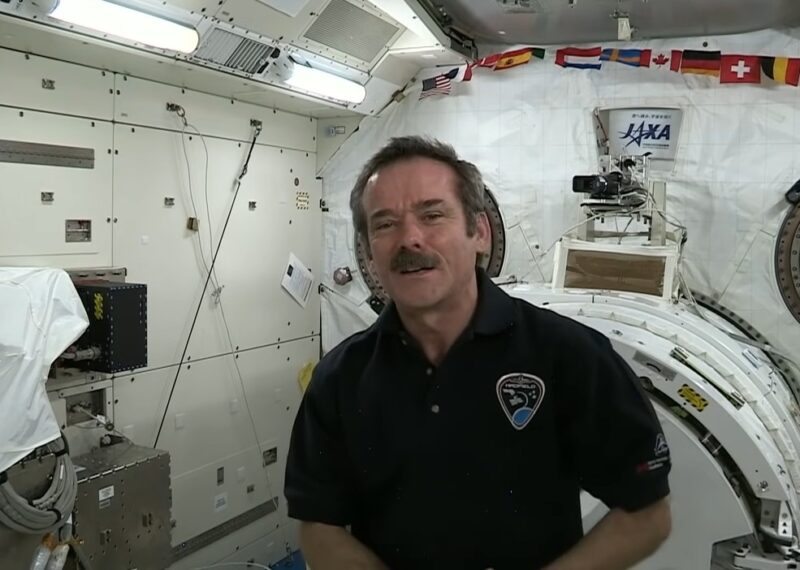
Canadian astronaut Chris Hadfield brought a fresh and inspiring perspective to the field of space exploration. Through a remarkable combination of skill, humor, and charisma, he successfully established a profound connection with millions of individuals worldwide during his tenure aboard the International Space Station (ISS).
Hadfield’s rendition of David Bowie’s “Space Oddity” while aboard the ISS was not only a remarkable musical achievement but also a testament to the boundless creativity of humanity amidst the vastness of space. This performance quickly gained widespread attention on the internet, offering a vivid portrayal of life in space to those on Earth.
7. Mae Jemison
As the first African American woman to venture into space, she stands among a select group of individuals who shattered barriers and redefined prevailing narratives.
With a background in medicine, Jemison embarked on her journey with NASA in the 1980s, ultimately achieving her historic flight in 1992. Aboard the Space Shuttle Endeavour, she conducted pioneering experiments in life sciences and material sciences, seamlessly integrating her medical expertise with her responsibilities as an astronaut. Her mission significantly advanced our comprehension of human health in the unique environment of space, providing a solid foundation for future investigations.
8. Buzz Aldrin
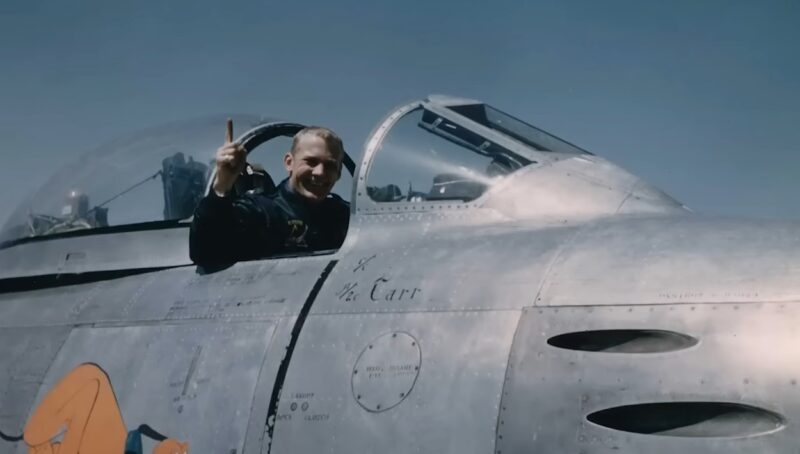
While Neil Armstrong rightfully receives significant recognition as the first human to set foot on the moon, it is important to acknowledge Buzz Aldrin, who followed closely behind and became the second individual to walk on the lunar surface. Aldrin’s association with NASA began in 1963 when he was chosen as one of the members of the iconic Apollo 11 mission.
During their time on the moon, Aldrin, alongside Armstrong, spent more than 21 hours engaging in scientific experiments and gathering samples. Their safe return to Earth paved the way for subsequent lunar missions, establishing the Apollo program as an indelible milestone in the annals of space exploration.
In the aftermath of the historic moon landing, Aldrin has demonstrated unwavering dedication as a fervent advocate for the advancement of space exploration.
9. Peggy Whitson
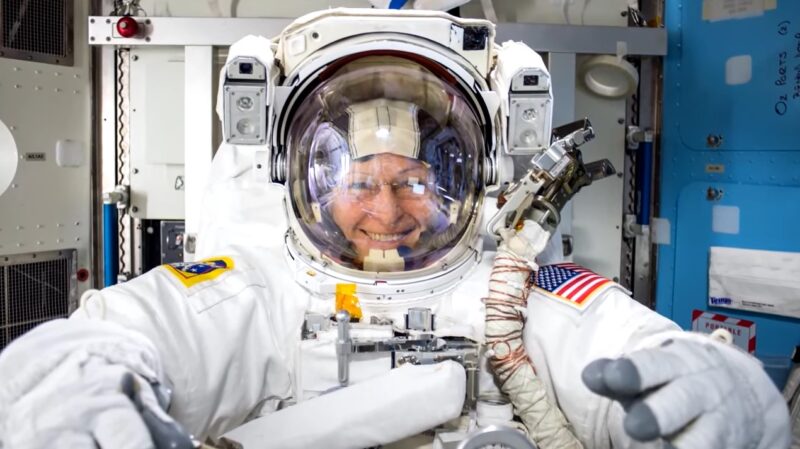
Peggy Whitson has achieved a remarkable feat as an American astronaut, holding the record for the longest cumulative time spent in space, a staggering 665 days. Her multiple missions aboard the International Space Station serve as a testament to the extraordinary endurance and adaptability of the human spirit.
Whitson’s tenure in space encompassed more than just an extended duration. In 2008, she made history as the first female commander of the International Space Station, assuming the crucial responsibilities of overseeing operations and managing international collaboration.
10. Eileen Collins
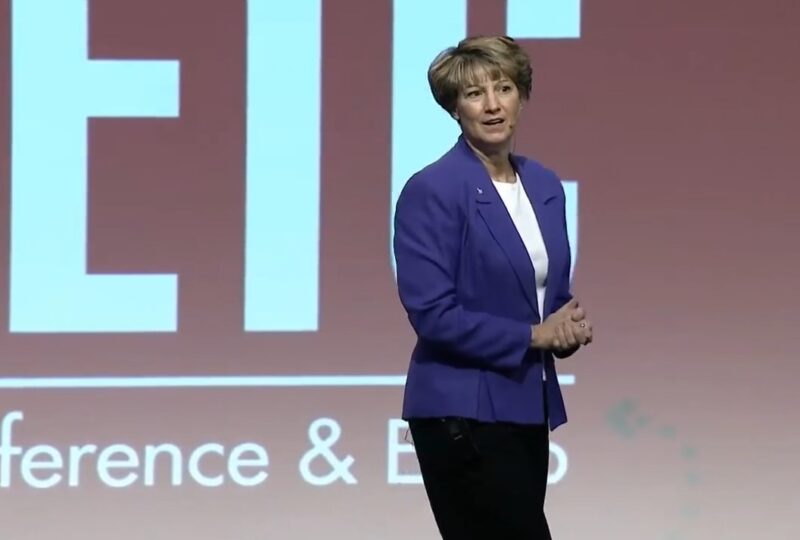
Eileen Collins made history as a pioneer in space exploration, shattering gender barriers as the first female pilot and commander of a Space Shuttle. Her remarkable journey with NASA began in 1990, and through her exceptional abilities, she quickly rose through the ranks, proving her mettle.
Collins’ exceptional leadership skills took center stage when she commanded the Space Shuttle Columbia in 1999. Her calm approach and expertise were crucial in ensuring the mission’s success, further solidifying her place in the history of space exploration.
Last Words
The accounts of these astronauts eloquently underscore the extraordinary feats that can be accomplished by humanity when fueled by curiosity and unwavering resolve. Their ventures into the depths of space stand as significant milestones in our shared quest to unravel the mysteries of the universe.


